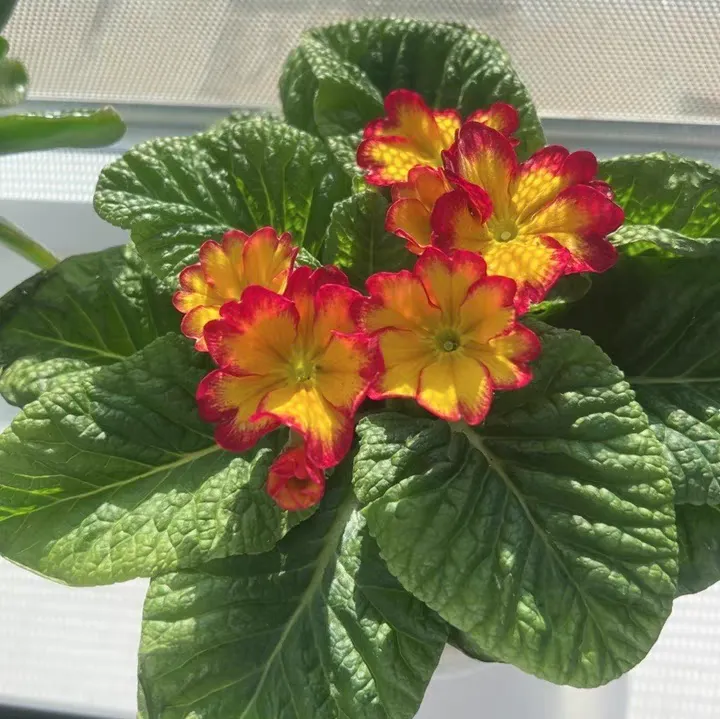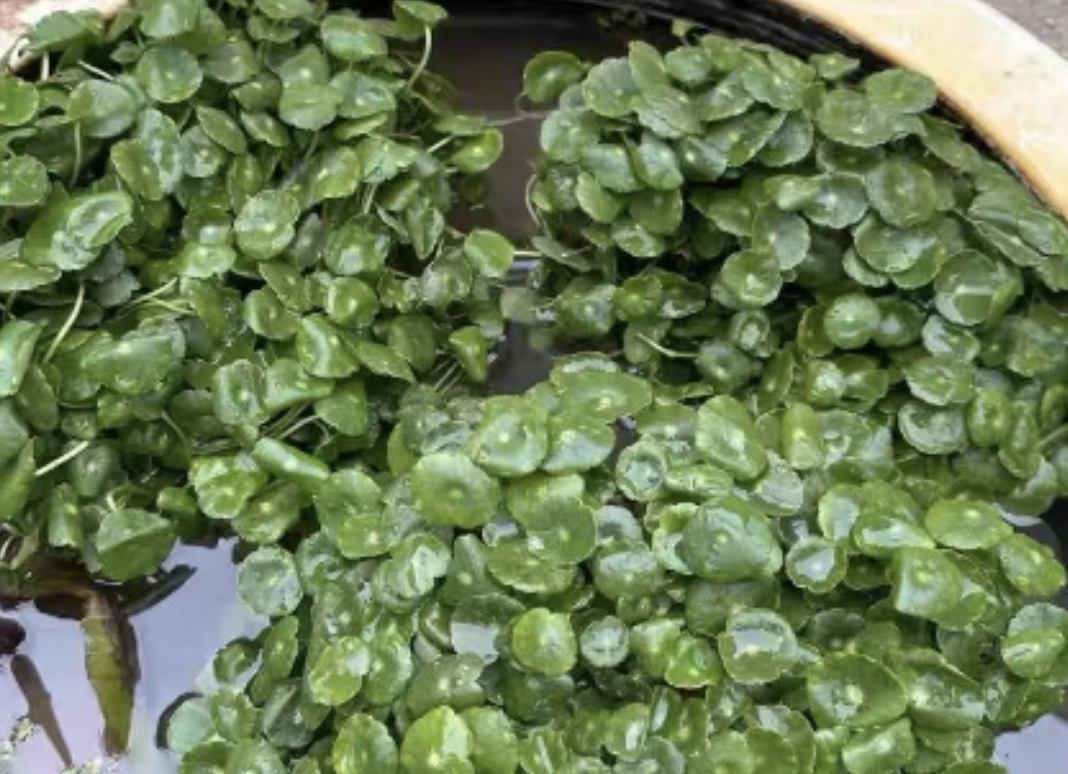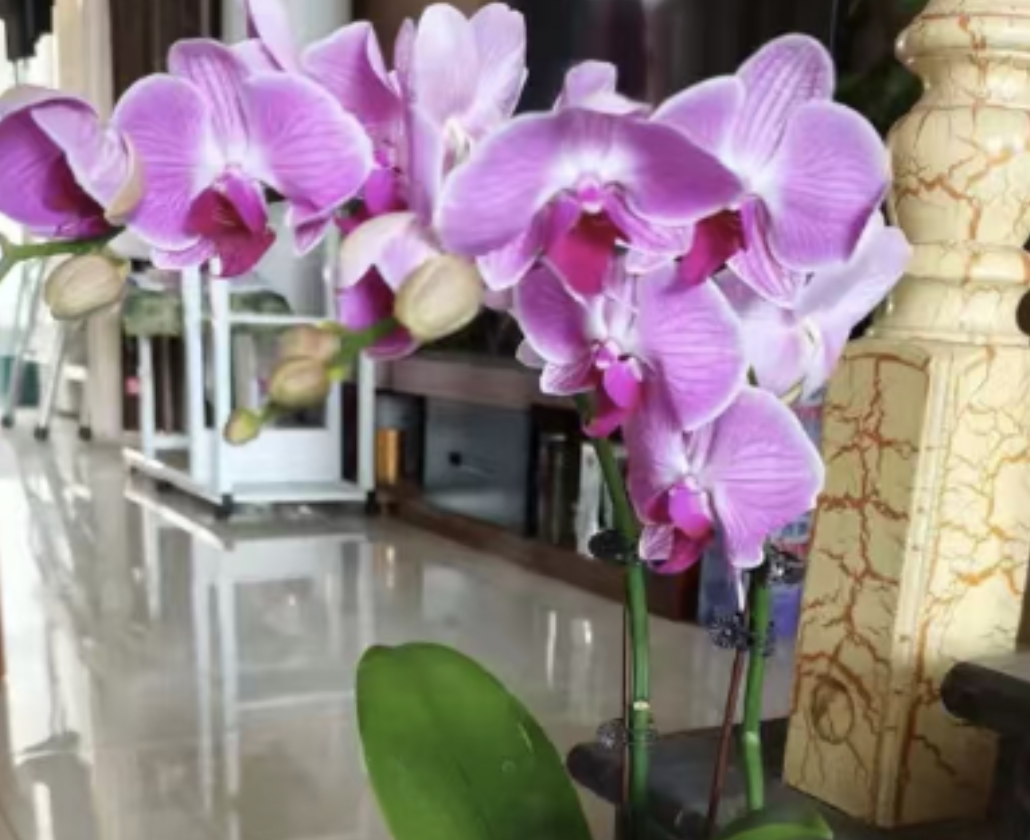Primroses, as highly attractive ornamental flowers, are deeply loved by people.
Primroses are perennial herbaceous flowers. Generally, the plant height ranges from 10 to 40 centimeters. Its leaves grow from the base, forming a rosette - like shape, with long petioles. The flowers emerge from the flower stems, forming umbel inflorescences at the top of the plant. Primroses come in a wide variety of colors, including red, yellow, blue, purple, white, and other gorgeous hues.
Primroses have relatively strong cold - resistance. Usually, they can withstand a low - temperature environment of around 0°C. However, the cold - resistance varies among different types of primroses. Some varieties can even thrive at - 5°C or lower temperatures. In the cold winter, primroses can resist the cold through mechanisms such as dormancy.
The flowering period of primroses is quite long, generally lasting from the end of winter to spring, for 2 to 3 months. The flowering periods of different types of primroses vary. Some varieties start to bloom around December, while others reach their full - bloom stage from March to April.
Reasons for Primroses Wilting and Solutions
Reasons
Water shortage: Primroses have a high demand for water. If the soil is too dry, the plants will lack water, leading to wilting.
Over - watering: Excessive water will cause the roots to lack oxygen, resulting in root rot and thus the wilting of the plants.
High temperature: During the hot summer, primroses may wilt due to overheating.
Pest and disease infestation: Primroses are vulnerable to pest and disease attacks, such as leaf spot and root rot. These diseases can impede the plant's growth and cause wilting.
Solutions
Water moderately: Keep the soil moist but avoid waterlogging. When the soil surface is dry, water in a timely manner and ensure thorough watering.
Control the temperature: During the hot summer, move the primroses to a well - ventilated and shady place to prevent high temperatures.
Prevent and control pests and diseases: Regularly check the leaves and roots of primroses. Once pests and diseases are detected, take corresponding control measures promptly.
Adjust the light: Avoid direct strong sunlight and place the primroses in a semi - shaded location.
Maintenance and Management of Primroses
Soil selection: Primroses are suitable for growing in loose, fertile, and well - drained soil. You can choose a soil mixture composed of leaf - mold soil, peat soil, perlite, etc.
Fertilization management: During the growth period of primroses, it is recommended to apply a thin liquid fertilizer every 1 to 2 weeks. Before the flowering period, increase the application of phosphorus and potassium fertilizers to promote flower - bud formation and blooming.
Watering management: Primroses need sufficient water, but avoid waterlogging. Usually, water 2 to 3 times a week, and adjust the watering frequency flexibly according to soil moisture and weather conditions.
Pruning and shaping: After primroses bloom, promptly prune the withered flowers and leaves. For plants that are too densely grown, carry out appropriate shaping and pruning to maintain the plant's beauty and ventilation.
Propagation methods: Primroses can be propagated by seeds or division. Seed propagation is usually carried out in spring. Sow the seeds on the soil surface, gently cover them with a thin layer of soil, keep the soil moist, and they will germinate in about a week. Division propagation is generally carried out in spring or autumn. Dig out the plant from the root, divide it into several small plants, and plant them separately in the soil.
How to Maintain and Manage Primroses?

Share with
Tagged in :




Leave a Reply